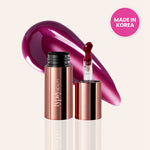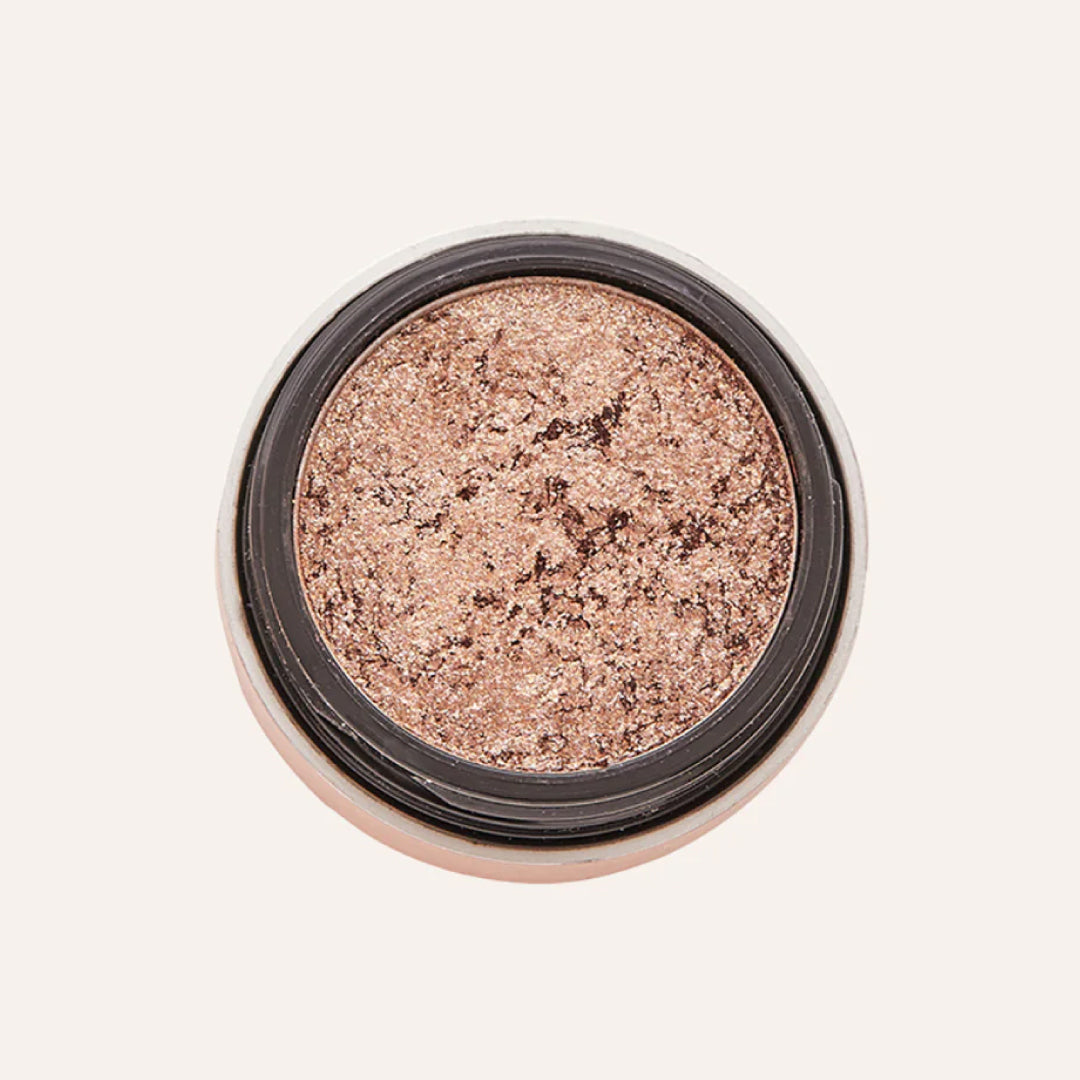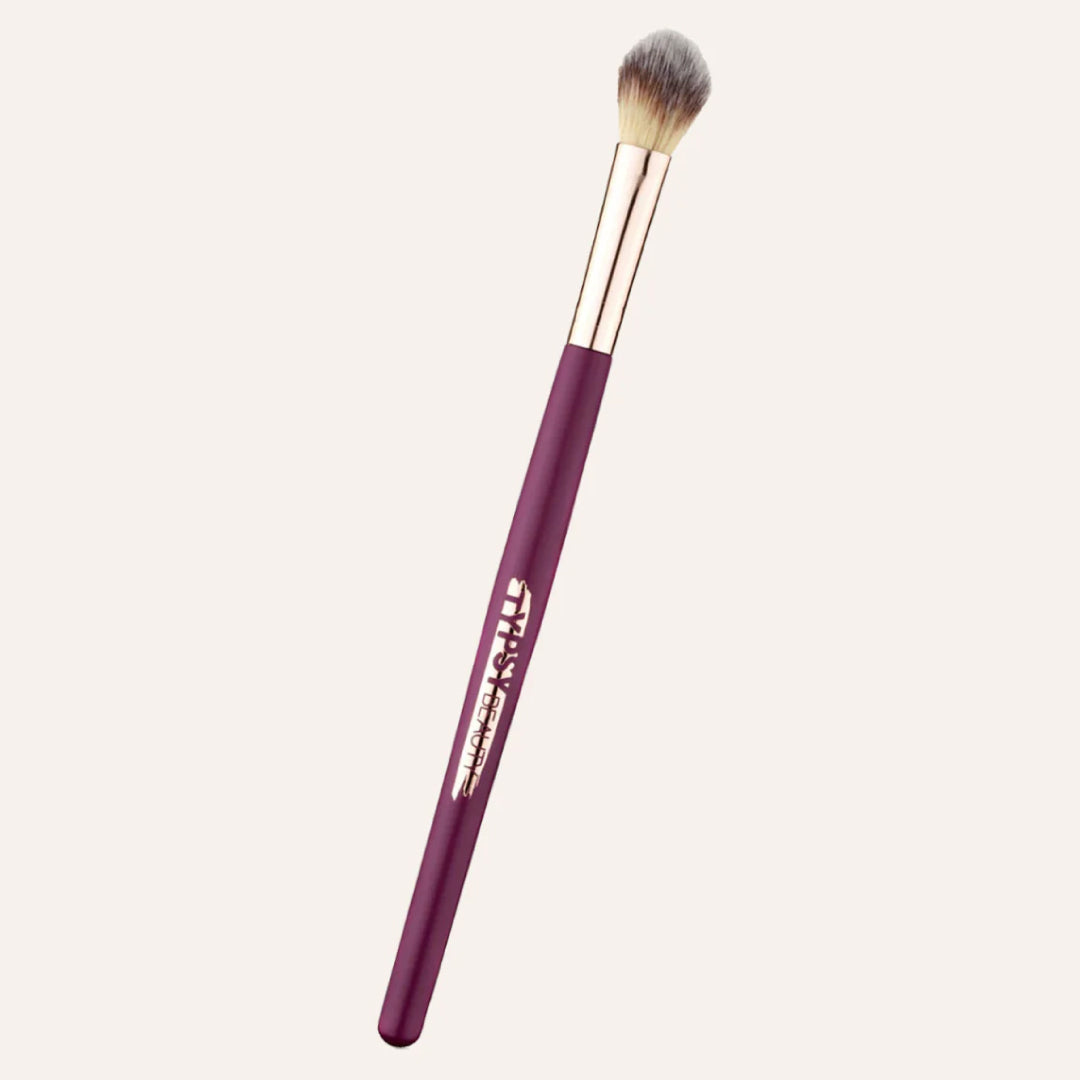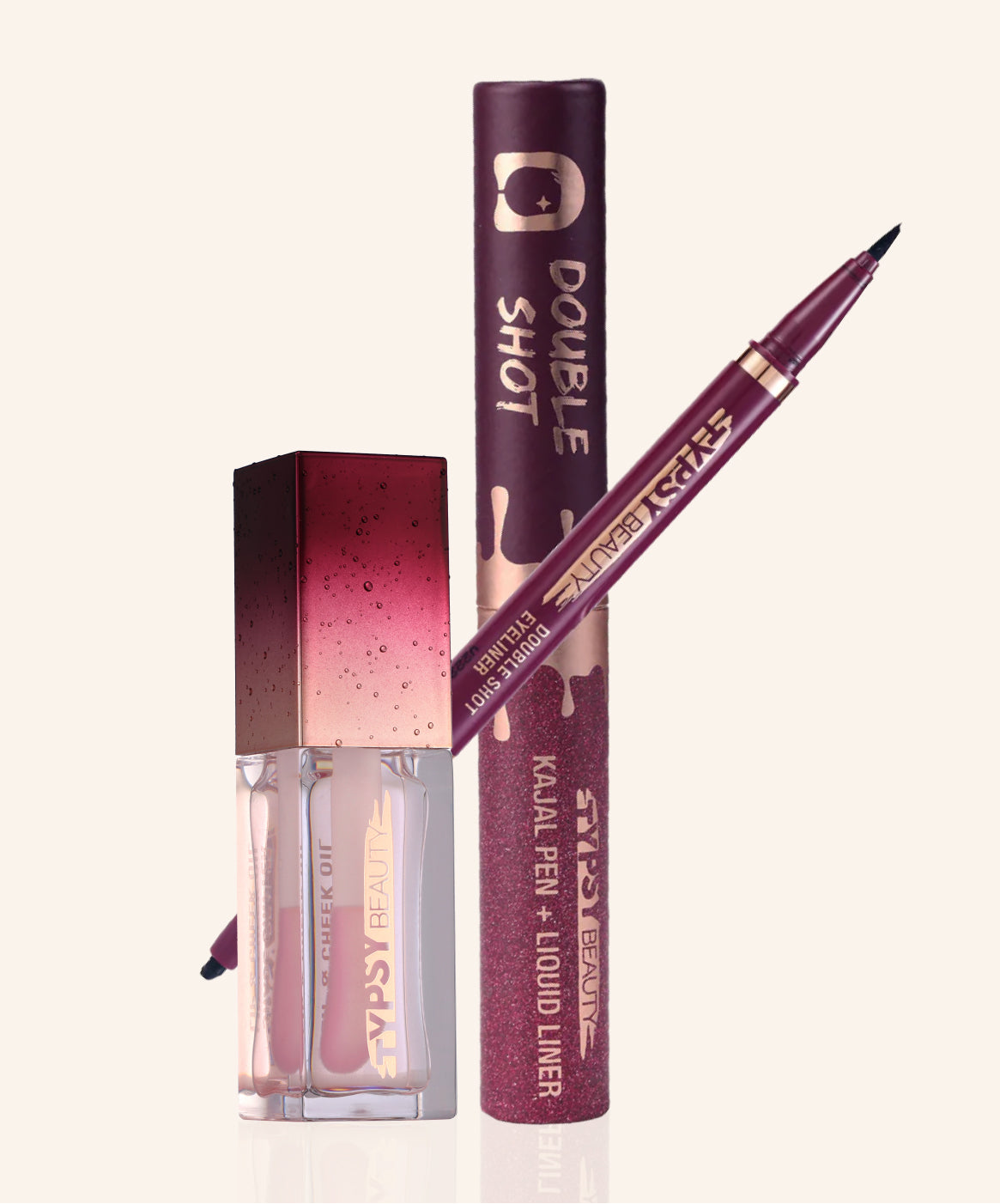- Welcome Offer: Get 10% off with code TYPSY
- Buy More, Save More | Flat 450 Off above 1799
- Welcome Offer: Get 10% off with code TYPSY
- Buy More, Save More | Flat 450 Off above 1799
- Welcome Offer: Get 10% off with code TYPSY
- Buy More, Save More | Flat 450 Off above 1799
- Welcome Offer: Get 10% off with code TYPSY
- Buy More, Save More | Flat 450 Off above 1799
- Welcome Offer: Get 10% off with code TYPSY
- Buy More, Save More | Flat 450 Off above 1799
- Welcome Offer: Get 10% off with code TYPSY
- Buy More, Save More | Flat 450 Off above 1799
A Guide to Understanding the Difference Between Contour and Highlighter
Maya Deiss
If you've ever found yourself admiring someone's perfectly chiseled cheekbones or radiant, glowing skin, chances are they were using one of these makeup techniques. While contouring and highlighting are essential tools in any makeup lover's arsenal, the key to achieving a flawless look lies in understanding the distinction between the two.
In this guide, we'll break down the techniques, tools, and products needed to create a beautifully sculpted face that will have heads turning. We'll provide step-by-step instructions and expert tips to help you level up your makeup game!
Contouring vs Highlighting
Contouring and highlighting are often mentioned together, but they serve different purposes in makeup application.
Contouring involves using a matte product that is a few shades darker than your skin tone to create shadows and depth on your face. It is used to sculpt and reshape certain features, such as the cheekbones, jawline, and nose. By strategically applying contouring products, you can create the illusion of more defined facial structures.
Highlighting, on the other hand, is the process of adding light and dimension to specific areas of your face. It involves using a product that is a few shades lighter than your skin tone and has a subtle shimmer or sheen. Highlighter is typically applied to the high points of the face, such as the cheekbones, brow bone, and cupid's bow, to bring attention to these areas and create a radiant, youthful glow.
Understanding the difference between contouring and highlighting is essential to achieving a balanced and natural-looking makeup application. While contouring adds shadows to create depth, highlighting adds light to bring forward certain features.
How to Choose the Right Products for Contouring or Highlighting
Choosing the right products for contouring and highlighting is crucial to achieving a flawless finish. Here are some tips to help you select the perfect products for your needs:
Contouring Products: When choosing a contouring product, opt for a matte powder or cream that is a few shades darker than your natural skin tone. Avoid products with orange or red undertones, as they can look unnatural. Look for shades that mimic the natural shadows on your face to create a seamless blend.
Highlighting Products: For highlighting, choose a product that is a few shades lighter than your skin tone and has a subtle shimmer or sheen. Avoid chunky glitter, as it can look harsh and unnatural. Cream or liquid highlighters work well for a more natural, dewy finish, while powder highlighters are great for a more intense glow.
Remember to consider your skin type when selecting products. If you have oily skin, opt for powder formulations, while those with dry skin may prefer cream or liquid formulas.
When in doubt, it's always a good idea to test products in-store or read reviews online to ensure they meet your desired finish and skin tone.
Techniques for Contouring and Highlighting Different Face Shapes
Contouring and highlighting techniques can vary depending on your face shape. By understanding your face shape, you can tailor your makeup application to enhance your natural features. Here are some techniques for different face shapes:
Round: If you have a round face, contouring can create the illusion of more defined cheekbones and a slimmer face. Apply contouring product along the hollows of your cheeks, temples, and jawline. Blend well to avoid harsh lines. For highlighting, focus on the center of your forehead, the bridge of your nose, and your chin to add dimension.
Square: To soften the angles of a square face, contour along the jawline, temples, and the sides of your forehead. Blend well to create a natural-looking shadow. For highlighting, focus on the center of your forehead, the bridge of your nose, and the high points of your cheekbones to add dimension and soften the face.
Heart-Shaped: Contouring can help balance a heart-shaped face by minimizing the width of the forehead and enhancing the jawline. Apply contouring product along the temples, the sides of your forehead, and the jawline. Blend well to create a soft and natural shadow. For highlighting, focus on the center of your forehead, the bridge of your nose, and the high points of your cheekbones to add dimension.
Oval Face: If you have an oval face, consider yourself lucky as it is the most versatile face shape. Contouring can be used to enhance certain features or create a more sculpted look. Apply contouring products along the hollows of your cheeks, temples, and jawline. Blend well for a seamless finish. For highlighting, focus on the center of your forehead, the bridge of your nose, and the high points of your cheekbones to add dimension.
Remember, these techniques are just guidelines, and you can adapt them to suit your preferences and facial features. Practice and experimentation will help you find the perfect contouring and highlighting techniques for your face shape.
Common Mistakes to Avoid
Contouring and highlighting can be tricky, especially if you're new to the techniques. Here are some common mistakes to avoid for a flawless finish:
- Choosing the wrong shades for contouring and highlighting can result in an unnatural or unflattering look. Avoid using products that are too dark or too light for your skin tone.
- Blending is the key to achieving a natural-looking contour and highlight. Harsh lines and unblended products can look stark and unnatural. Take the time to blend well using a brush, sponge, or your fingers for a seamless finish.
- Less is more when it comes to contouring and highlighting. Applying too much product can result in a heavy, cakey appearance. Start with a light hand and build up the intensity gradually.
Setting your makeup with a translucent powder is essential to ensure longevity and prevent smudging or fading. Lightly dust a setting powder over your contour and highlight to lock them in place.
Conclusion
Contouring and highlighting are powerful tools that can transform your makeup game. By understanding the difference between the two techniques and mastering the art of application, you can enhance your natural features and create a flawless, sculpted face.
Remember to choose the right products for your skin tone and type, and consider your face shape when applying contour and highlight. Avoid common mistakes like using the wrong shades or skipping blending, and always set your makeup for a long-lasting finish.
With practice and experimentation, you'll become a pro at contouring and highlighting, achieving a look that makes you feel confident and beautiful. Embrace your natural features and let your inner glow shine through!
So go ahead, get out your contouring and highlighting products, and have fun experimenting with different techniques. Your perfectly chiseled cheekbones and radiant, glowing skin await!















